Attack On Titan: Me And Sloth Watched The Final Movie Together And Were Not Ready To Believe That Our Favorite Anime Just Ended…
Alright, my emotionally repressed degenerates, welcome to the Attack on Titan blog—where we unpack trauma, genocide, and really questionable parenting choices. You ready? Because this ride is darker than Levi’s under-eye circles after a week-long Titan murder spree. First off , let’s talk about Mikasa—queen of abs, scarf supremacy, and ‘I’ll follow you to literal hell, Eren’ energy. If loyalty was a person, it’d be her. Then there’s Historia—the soft girl turned queen turned ‘Hey, let me emotionally scar you with my backstory while holding a baby like it’s the plot twist of a telenovela.’ And Eren. Oh, Eren. My guy really woke up one day and chose worldwide arson. We went from angsty teen screaming about freedom to full-on war criminal with abs you could sharpen swords on. But hey, character development, am I right? Also, shoutout to Armin—the best boy, the soft boy, the ‘how-did-I-end-up-here’ boy. Now, let’s not forget the countless Titan smackdowns, death flags waving like it’s the Olympics, and existential dread served in 4K animation. But don’t you worry, my little emotionally unavailable crumbs, we’ll get through this chaos together. And by ‘get through,’ I mean we’ll all collectively sob into our snack bowls while Hiroyuki Sawano’s soundtrack plays aggressively in the background. So, grab your emotional support blanket, a questionable amount of caffeine, and maybe some tissues—or a bucket, depending on your coping mechanisms. Catch a support chair or something, for this Reaper is going to change tones and sing you poetry.
Attack On Titan: Not A fairytale, Rather A Tale Of Longing, Despondency and Mankind’s Greatest Foe
Not many stories have clenched onto the heartstrings of ani-manga fans across the globe as Attack On Titan has. With the release of Attack On Titan , the final movie, directed by Yuichiro Hayashi, that hit the Japanese theatres on November 8, 2024, and with the Chapter 139 followed by a few special chapters written by the author Hajime Isayama—a call of silence after the final goodbye doesn’t seem afar. Starting as the tale of monstrosities, called the titans, it metamorphosed itself not into a beetle, rather into pinions of what our protagonist named Eren Jaeger called freedom. Hajime Isayama’s magnificence stabs us with themes of warfare, morality, and the cost of what we call peace, leaving us with a lasting bruise, as we see the world through eyes of Eren, Mikasa, Armin and the billions of lives that were forever changed by the world, the cruel world. The anime is not just a bloodsport amidst the Titans and scout regiments; it is an emotional rollercoaster that questions the whims of humans, the wheel of hatred that never stops turning, and asks us what we think the true path to freedom is. From the ghastly first episode to the heart wrenching finale, Attack On Titan has never failed to deliver ardent punches of warm and tempestuous nights to us fans. THERE WILL BE SPOILERS AHEAD. HENCE, YOU’VE BEEN WARNED!
To You, In 2000 Years: The Beginning Of The End And The Walls Of Illusion
“Humanity was suddenly reminded that day…of the terror of being at their mercy…of the humiliation of being trapped inside a cage…” These words worked as the tiny kindle in the colossal conflagration, an image of a world stretching far beyond the walls of Maria, Rose and Sina. Inside the walls humanity for once overlooked the existence of Titans—ginormous, grotesque beings that devoured humans without cause. But one day in the year of 845, that illusion shattered, and this is just the first episode. But as if through those shards of illusion of peace, the Colossal Titan appeared, and is ever since burned into our very soul, of us fans. The horror of watching the Titans swarm into Shiganshina District, the cries, the bloodbath—and that gut wrenching shriek of Eren’s mother when he denied to leave her alone followed by that spine chilling screech of Eren, witnessing his own mother being masticated before his very eyes—setting the podium for a tale hopelessness, where survivance comes with a price. Henceforth, we see a world of Attack On Titan where every character’s holy grail is encumbered by a venom of tragedy. Eren’s vow to annihilate every Titan isn’t valorous; it’s fueled by grief, rage and a desperate search for meaning in a cruel world.

The Themes Of Manumission And The Wheel Of Abhorrence That Never Stops Turning
With all its layers, Attack On Titan has its heart tied by the thread of freedom. What is freedom? For example, initially, for Eren, freedom meant to break free from
the walls, under any circumstances. For others, freedom meant protecting their loved ones, in finding serenity amidst war. This anime brilliantly juxtaposes freedom with tyranny, a theme that resonates intensely with Eren’s character arc. Freedom is like an obsession for Eren—an ever elusive holy grail that compels him to break free from the physical and allegorical walls that trapped him. As we journey deeper through the story, in this pursuit of freedom, he metamorphoses into the very devil that turns the wheel of hatred whom he loathed, whom the anime itself loathes. Other central characters like Armin and Zeke off er conflicting standpoint, with Armin treasuring freedom as the gift of dreaming and Zeke gazing at freedom as liberation from suffering itself. These diverging viewpoints enhance the narrative and provokes the audience to question the true cost of freedom. The titans are an evident threat, yet the real oppressors of humanity are much more insidious: systems of control, propaganda, and generational hatred that pit people against each other. Isayama compels the audience to face agonizing truths about the world. Marley indoctrinating its citizens and the Eldian’s centuries-long struggle for survival, from both these perspectives we see how abhorrence perpetuated itself across generations. It’s a cycle where the oppressed become the oppressors, a mirror to real-world struggles that make the story hauntingly relatable. When Reiner Braun reveals himself as the Armored Titan, and breaks down in one of the series’ most gut-wrenching moments. His dilemma, torn between loyalty to Marley as a warrior and the rue of a soldier who deceived his friends, reaches a boiling point. The weight of his actions—destroying Wall Maria and the countless murders that he committed—crushes him within. As he clutches his head in despair and cries out, we as audience can see through his internal brawl. This pivotal scene reveals the raw humanity of a “villain,” challenging us to empathize with his pain and the impossible choices he had to make. The audience is left with a ghastly question: can one truly atone for the past when the burden of guilt feels insurmountable? Reiner’s dual identity as both soldier and warrior encapsulates the tragedy of living a life torn by duty and morality. This emotional unraveling highlights Attack on Titan ‘s exceptional ability to blur the misty horizon between a hero and an antagonist, crafting a moment of bonding that lingers with viewers long after. As a soldier, he carries the weight of his actions, his betrayal, and the rue of his humanity. “I’m a warrior! No…I’m a soldier!” Reiner’s dual identity is a tragic reminder that even those labeled as monsters are victims of their circumstances.
Ymir’s Tale: A Legacy Of Suffering Over 2000 Years
Ymir Fritz, the progenitor of all titans, serves as the tragic primordial epoch for the story’s events. Over 2000 years prior to the main events of Attack on Titan , Ymir was a maiden enslaved by the Eldian king. After being blamed for a minor incident, she was being trailed and thus fled into the depths of a forest. There, she stumbled into a mysterious, otherworldly creature—the origin of titan power—a symbiosis, turning her into the first titan. Yet freedom? Ymir, rather, became a tool for the Eldian king’s ascent. For decades, she waged war at his behest, building an empire while enduring unimaginable suffering. Even in death, Ymir’s soul was shackled. Her shadow lingered in the Paths , an ethereal nexus connecting all Eldians, forced to construct titans for their descendants over countless generations. This existence trapped her in a state of eternal servitude, where each titan’s creation became a grim reminder of her enduring pain. The Paths were not merely a tool for transferring power but a symbol of her unending despair—a manifestation of the cycle of hatred and suffering perpetuated by the titan’s curse. By binding her to this endless task, Ymir’s anguish echoed across history, molding the fates of Eldians and their adversaries alike, until Eren’s intervention offered her a choice to break free from this torment. Her love for the king, twisted and unreciprocated, kept her bound to this cycle of pain. It was not until Eren, in the final arc, approached Ymir with empathy that her chains began to shatter. Eren understood her torment and broke her free from the chains, allowing her to choose her own path. Ymir’s story encapsulates the themes of freedom, love, and suffering, showing how one person’s choices ripple through shards of history, binding generations in cycles of war and hatred.
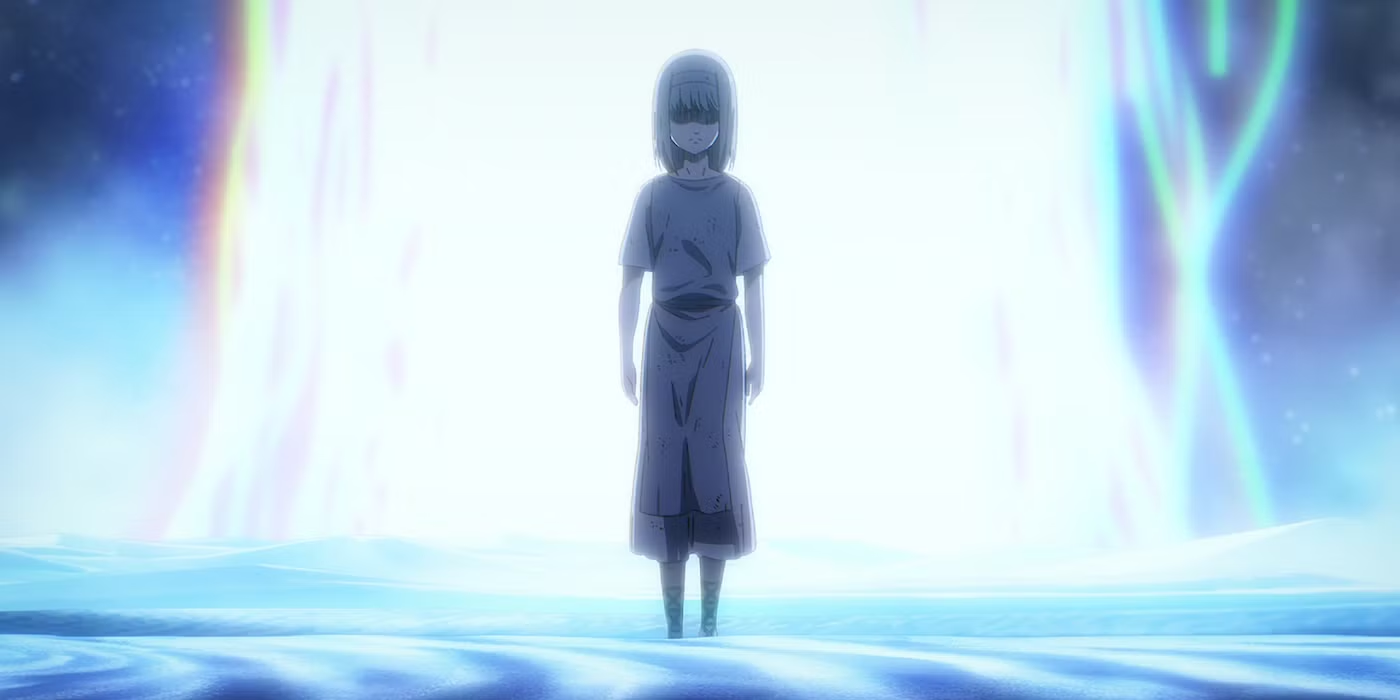
Moments Worth The Jitters: Troughs And Crests Of Emotions
Throughout the series, Attack on Titan delivered some of the most emotional and spine-chilling moments in anime history:
- Mikasa’s Speech to Eren (Season 1): When Mikasa believes Eren has been devoured by a titan, her devastating speech captures her broken heart and her unwavering will to survive. Her line, “This world is cruel. But also very beautiful,” became iconic for its bittersweet truth about life itself.
- The Fall of the Scouts at Shiganshina (Season 3): The heroic charge led by Erwin Smith, with Levi taking on the Beast Titan, was nothing short of breathtaking. Levi, humanity’s strongest soldier, showcased his unparalleled skill and speed as he relentlessly attacked the Beast Titan, slicing through its defenses in a bid to take down the greatest threat on the battlefield. His role in this moment not only highlighted his legendary combat abilities but also underscored the sacrifices made by the Survey Corps as Erwin’s last command sent countless lives charging toward certain death. This combination of strategy, sacrifice, and Levi’s unmatched prowess made the scene one of the most unforgettable moments in the series. Erwin’s sacrifice and his final rallying words were not just uplifting—they were tragic. Watching countless lives thrown into a mountain of carcasses for the slim chance of victory was a brutal yet brilliant depiction of hope in war.
- Armin’s Sacrifice (Season 3): Armin’s decision to sacrifice himself against the Colossal Titan, knowing he would burn alive, left fans in tears. His faith in his friends and his willingness to lay down his life epitomized the courage that Attack on Titan so often highlights.
- Eren’s Transformation into the Villain (Final Season): Perhaps the most shocking and divisive twist was Eren’s metamorphosis. Once the hero of humanity, Eren becomes the very embodiment of devastation, leading the Rumbling to annihilate most of the world. Fans were left questioning whether he was justified or if he had lost his way entirely.
To You 2000…or…20000 Years From Now: Eren’s Gaze To Freedom
The ending of Attack on Titan is as controversial as it is heartbreaking. Many fans found themselves divided over the conclusion, as it challenged expectations and delivered an emotionally complex resolution that left no easy answers. Some viewed it as a fitting and poetic end to the series’ themes of freedom and sacrifice, while others struggled to reconcile the choices made by Eren and the consequences of the Rumbling. After unleashing the Rumbling, killing billions, and appearing as the ultimate villain, Eren’s actions are revealed to be his final attempt at saving those he loved. His death at Mikasa’s hands is poetic and tragic; the boy who dreamed of freedom becomes a prisoner of his own ideals, and is slayed by the one he adored the most.
What makes the ending so profound is its exploration of legacy and sacrifice. Eren’s actions were unforgivable, yet he believed that by becoming the villain, he could give the world a chance to unite against a common enemy, which also just shows that even after everything that had occurred, he still was a teenager boy searching for salvation in this cruel world.
In one of the final scenes, Armin thanks Eren for becoming humanity’s enemy, a line that leaves fans questioning their own moral compass. Was Eren a hero? A villain? Or as we have mentioned before: simply a broken teenager who carried the world’s burdens on his shoulders?
The bittersweet image of Mikasa sitting by Eren’s grave under the tree brings the story full circle, symbolizing the culmination of their intertwined fates. It reflects the themes of sacrifice and freedom, as Mikasa’s presence represents her enduring love and the weight of choices made throughout the series. The tree, a recurring motif, now stands as a silent witness to their journey, embodying both the personal and collective loss experienced by humanity in their struggle for peace. This poignant moment not only brings closure but also serves as a reminder of the profound emotional impact the story has left on its audience. The boy who sought freedom ultimately found peace in death, while the world he left behind continued to rebuild. It is a stark reminder that true freedom often comes at an unimaginable price.
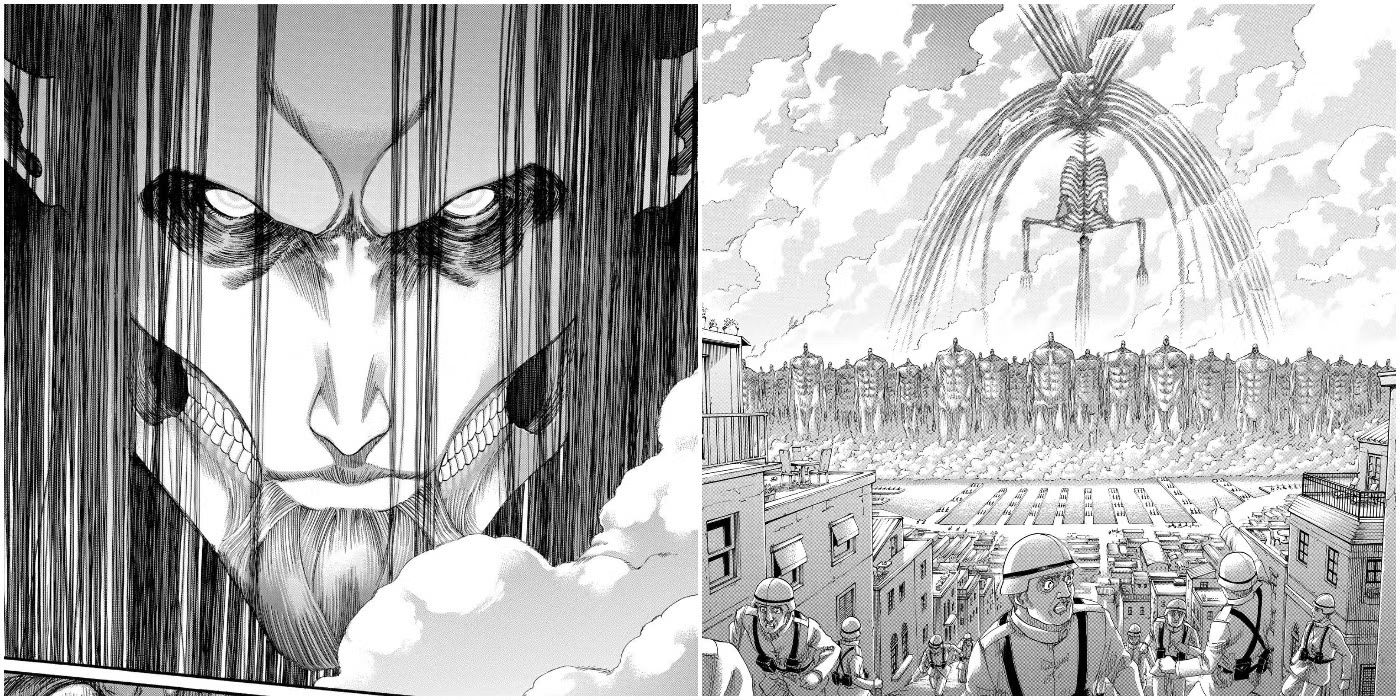
A Masterpiece That Will Always Be Remembered
Attack on Titan is not just an anime or manga; it is a deeply emotional experience that stays with you long after the final credits roll. It forces us to grapple with questions of morality, sacrifice, and what it means to truly live. Through its unforgettable characters, shocking plot twists, and hauntingly beautiful ending, Hajime Isayama crafted a story that transcends genres.
From the screams of the fallen in the first episode to the silence of Eren’s final resting place, Attack on Titan is a testament to the power of storytelling. It reminds us that life is cruel, yet beautiful; that hope persists even in the darkest of times; and that freedom, though fleeting, is worth fighting for.
In the end, Attack on Titan leaves us with goosebumps, tears, and an aching heart—a legacy as colossal as the titans themselves.
To the boy who sought freedom, goodbye…

What was your favorite moment in Attack On Titan? COMMENT BELOW!
Discover more from Ge-erdy Verse
Subscribe to get the latest posts sent to your email.
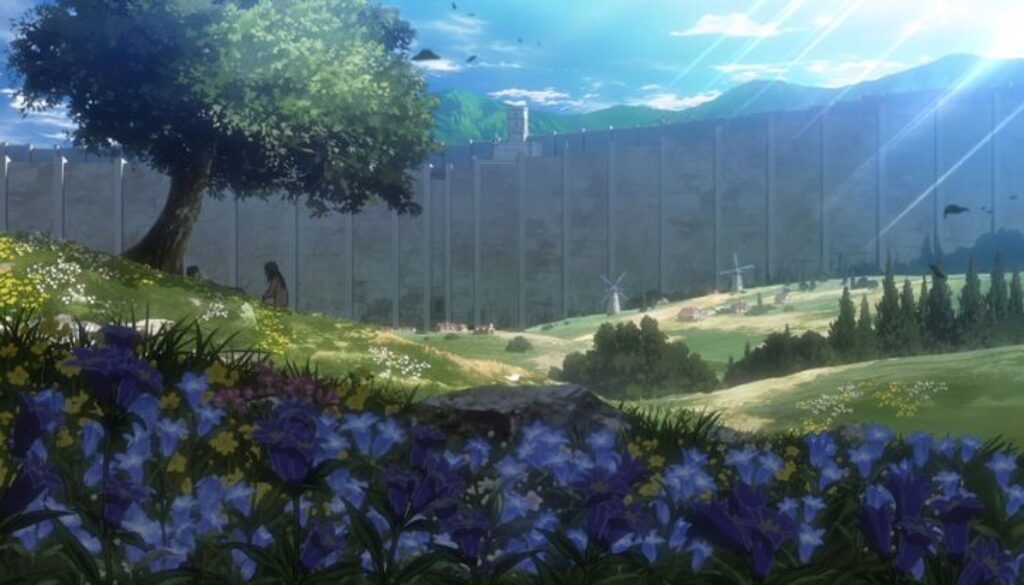
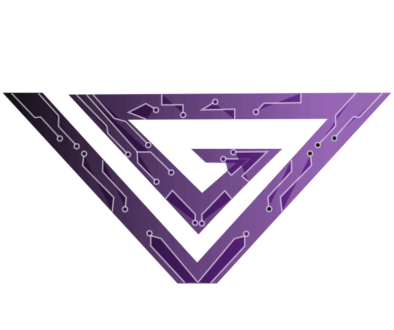
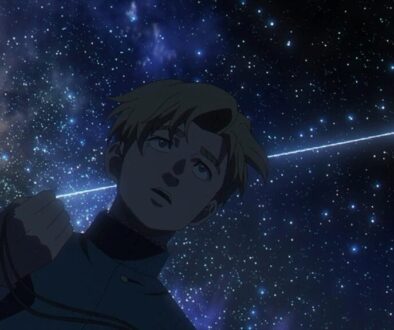
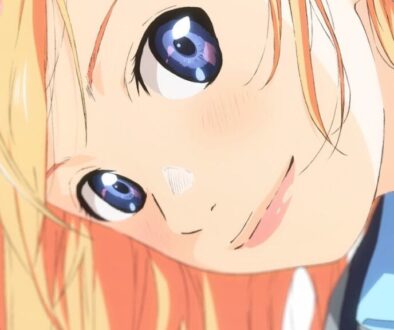
Why Anime Is Superior to Western Animation? - Ge-erdy verse
March 12, 2025 @ 3:16 pm
[…] narratives that demand your attention and reward your emotional investment. Whether it’s Attack on Titan serving up a buffet of political drama and next-level plot twists or Steins;Gate playing 4D chess […]
Ymir Fritz: The Most Tragic God in Anime - Ge-erdy verse
March 19, 2025 @ 5:34 pm
[…] to dive deep into the twisted, tragic tale of Ymir Fritz—the original Titan queen from “Attack on Titan.” Imagine being a slave, getting impaled, and still being worshipped as a deity. Talk about […]